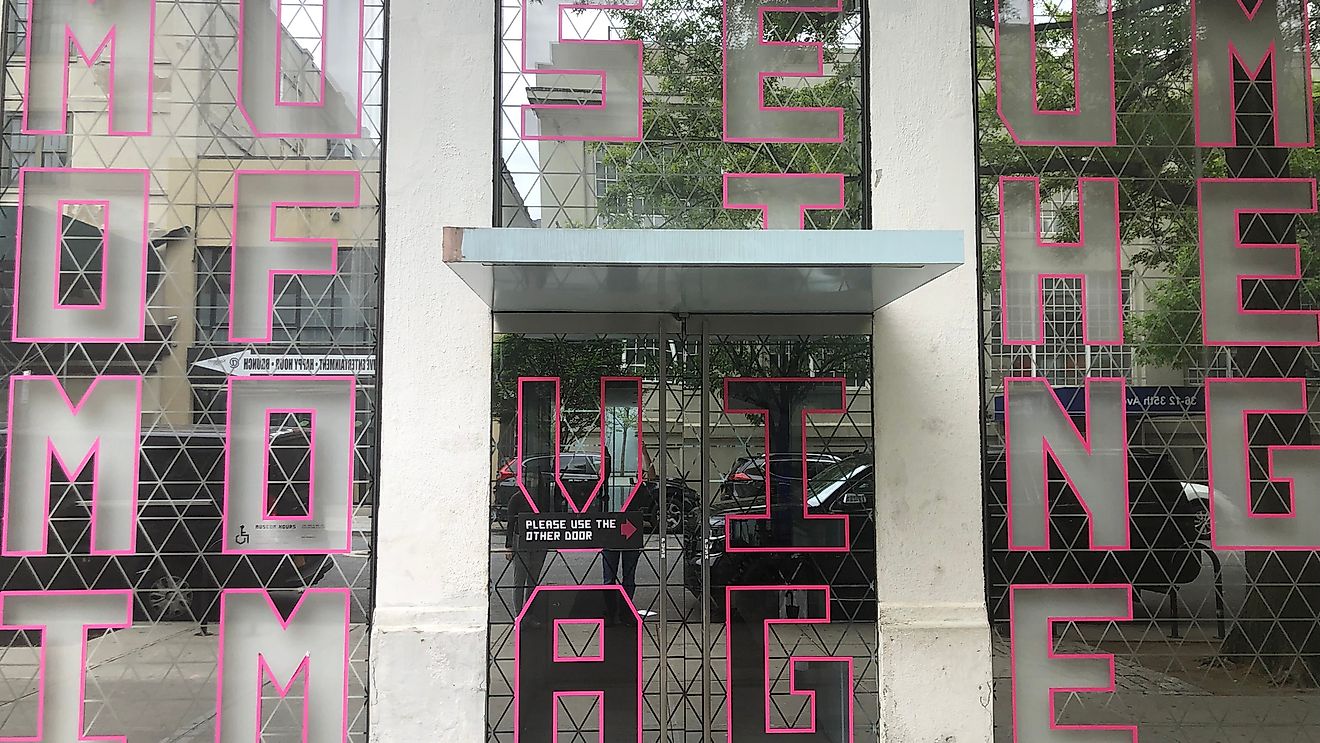What Is A Moving Image Museum And Where Do They Exist?

A moving image museum is a type of media museum dedicated to the history of cinema and television, as well as the equipment used in the film and television industry. Moving image museums offer different experiences compared to classical history and art museums, as they focus on topics of film art and history, the evolution of film technology and technique, and the social impact of television, film and digital media. Notable moving image museums are located in the United States, Australia, and the United Arab Emirates (History of Cinema Museum).
Museum Of The Moving Image (MOMI)
The Museum of the Moving Image (MOMI) opened in 1988 in New York City, United States, in a building that was formerly occupied by Astoria Studios. The institution exists to enhance public understanding of the history, art, technology, and technique in film, television, and digital media through artifacts, educational programs, and multimedia exhibitions. A variety of hands-on activities are available that make the MOMI one of the most interactive museum experiences in the world. Visitors can explore interactive exhibits, create a short stop motion film, record their voices in a "dubbing station", and the old-school video arcade is one of the museum's most popular attractions. The museum also features works by artists that manipulate light in the development of the moving image and panel discussions related to the latest movies. Recently, a modern extension was added to the building. The juxtaposition of the 1920s and 3D-feel architecture immerses visitors in a fantasy world that typically exists only in film.
Australian Centre For The Moving Image (ACMI)
The Australian Centre for the Moving Image (ACMI) is among the most popular attractions in Melbourne, Australia, as it welcomes an estimated 1.55 million visitors every year who flock to experience its numerous attractions. The museum's history dates back to 1946 when it opened as the State Film Centre of Victoria and has since expanded to include moving image experimentation and changing exhibitions. During its early history, the museum served as an archive of local films and helped in the production of television projects. Its role within the film and television industry gradually grew, and by 1969, the State Film Theater was placed under its management. The new facility allowed the exhibition of a wide variety of works including those not screened by commercial cinemas. The ACMI was officially established in January 2002 and opened to the world in October of that year. The institution currently has a Screen World gallery and two main cinemas. Other attractions include a shop that sells exhibition catalogs, DVDs, toys, and books, as well as office space that can accommodate curators, producers, and programmers, which is dubbed ACMI X. The Australian Mediatheque, a multi-screen station featuring works from the museum, was closed in 2017.
Community Engagement And Online Projects
Community engagement is currently critical in the operation of moving image museums. A diverse community consisting of artists, filmmakers, service-based, and residents are involved in the development of programs that enhance the enjoyment and understanding of the moving image. Such programs explore media arts education and celebrate the achievements of digital arts. Museums like the Museum of Moving Image in New York City have also significantly increased the use of online exhibition platforms, such as websites. Some of the works found on the MOMI website include an archive of presidential campaign commercials from 1952 to 2016 and Reverse Shot, which is an online film magazine.











